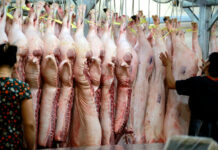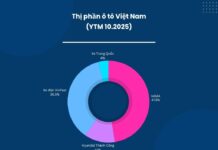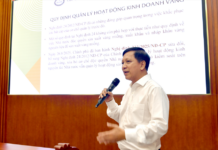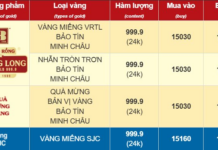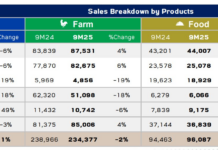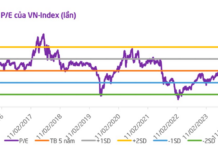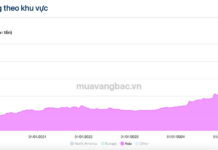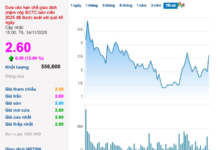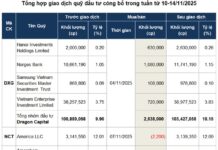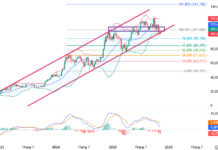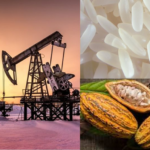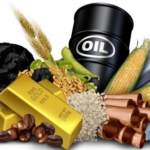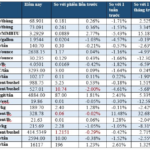This metal is copper.
Freeport-McMoRan Inc. (based in Phoenix, USA) announced a significant decline in copper revenue for Q3/2025. The drop is attributed to an accident on September 8th at the Grasberg mine in Indonesia. The company estimates that consolidated copper production will be 4% lower than the July forecast, with gold revenue decreasing by 6%.
The Grasberg mine accident coincides with a global surge in copper demand driven by the transition to clean energy and the AI boom. According to Helen Amos from BMO Capital Markets, the incident exacerbates an already tight copper supply, pushing the market to “new higher price levels.”
The accident at Grasberg resulted in approximately 800,000 tons of mud and rock collapsing into the mine’s lower levels, claiming the lives of 2 miners and leaving 5 others missing. Operations at Grasberg, one of the world’s largest copper mines, are halted, with partial resumption expected only by early 2026.
Meanwhile, other mines like Big Gossan and Deep MLZ remain unaffected and are set to resume operations by late Q4/2025.
Copper Prices Surge Amid Global Supply Concerns
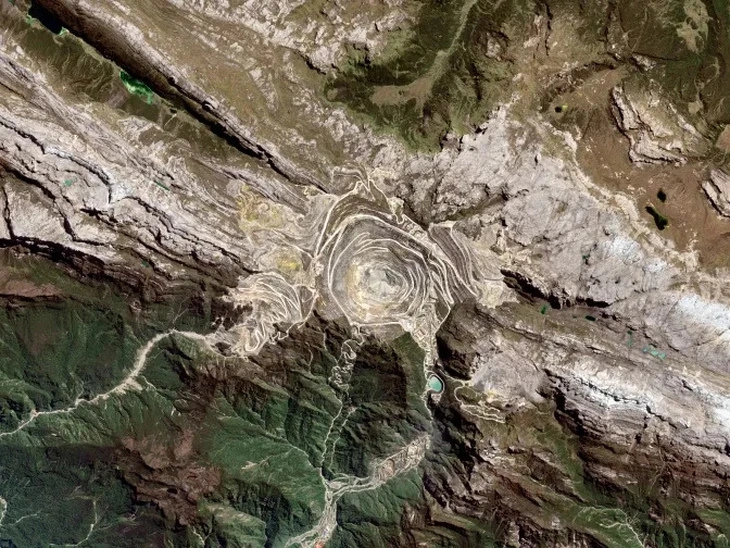
Grasberg mine in Indonesia. Photo: Bloomberg
Following the announcement, copper futures surged by 3.8%, reaching $4.82 per pound. Analysts at Jefferies predict prices could exceed $5 per pound in the near term.
The primary driver is the production disruption in Indonesia, fueling global supply shortage fears. Jefferies notes that while this negatively impacts Freeport and its market cap, the market had partially anticipated the news. Additionally, the shortage is expected to bolster Freeport’s copper operations in the Americas.
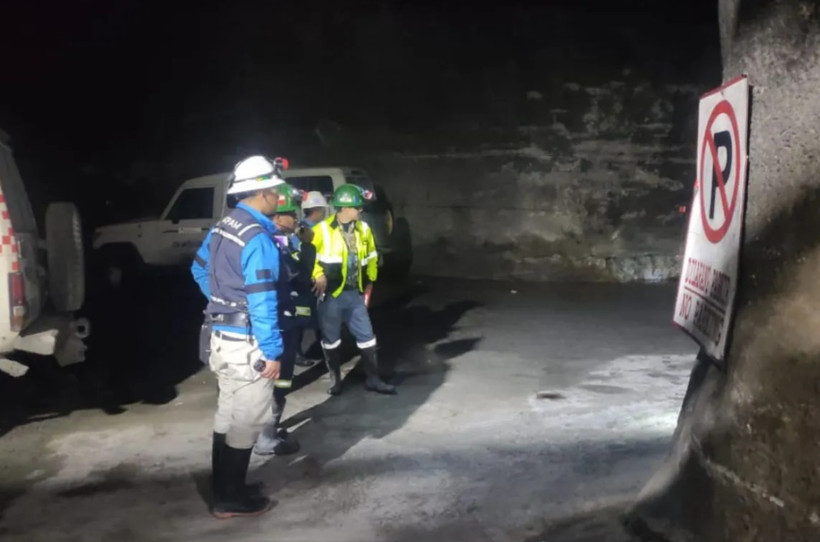
Freeport Indonesia’s emergency team searches for 7 trapped miners in Grasberg’s underground tunnels post-accident. Photo: ANTARA
Grasberg, one of the world’s largest gold and copper mines, is a cornerstone of Indonesia’s economy. According to Freeport-McMoRan, Grasberg’s copper reserves account for over 25% of global production, while its gold output ranks among the world’s highest. Currently, Grasberg is the second-largest copper mine globally.
Beyond being an Indonesian mining icon, Grasberg plays a pivotal role in the global copper market. With an annual output of approximately 680,000 tons, it contributes about 3.2% to global copper production.
However, Grasberg has a history of landslides and accidents due to its harsh mining conditions and high geological risks, raising significant safety concerns.
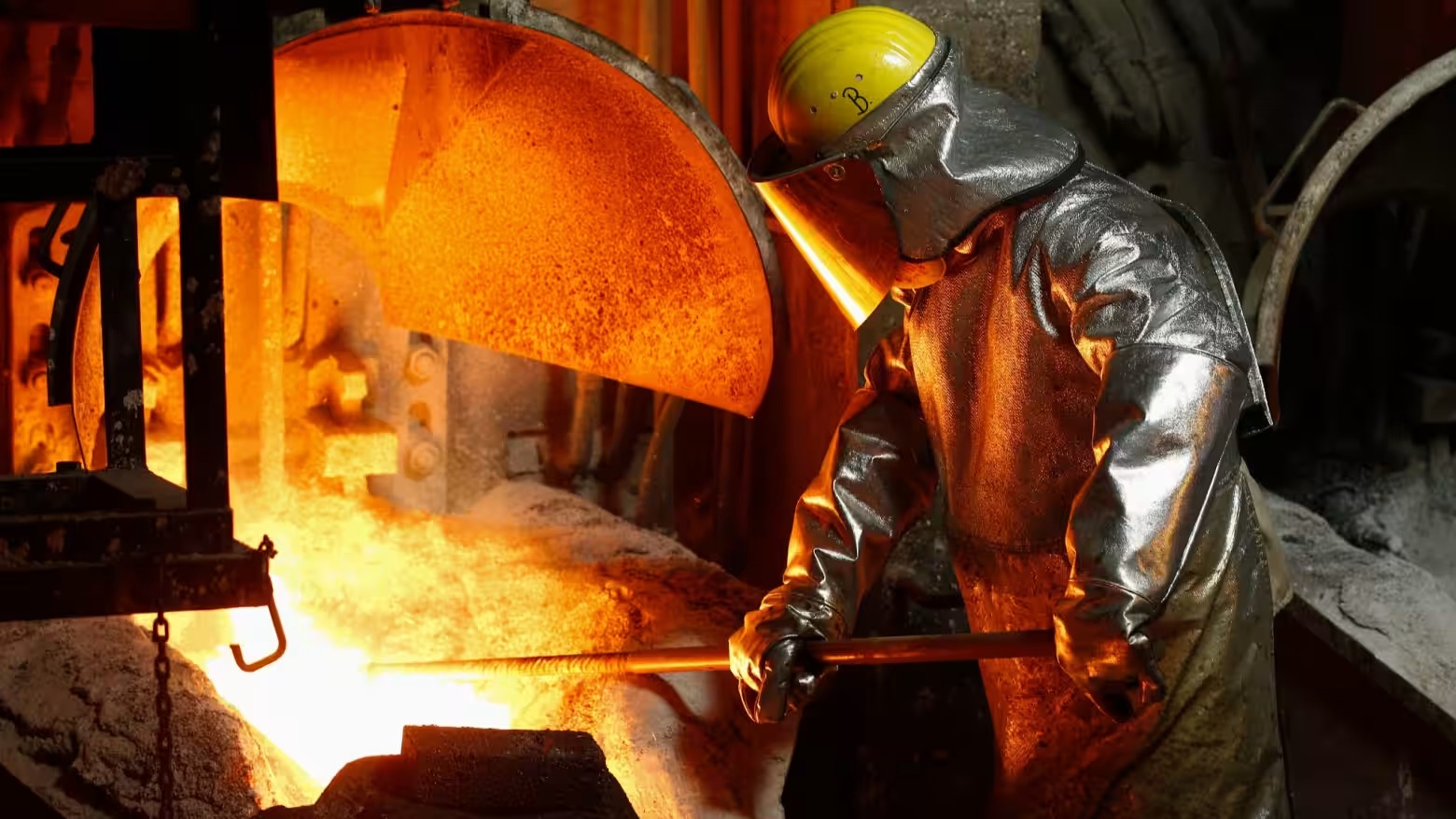
Copper is essential across industries, vital to the global economy. Photo: Reuters
Copper is indispensable to the global economy. It forms the backbone of the world’s energy infrastructure, used in electrical wiring, power transmission, batteries, and LEDs. Demand has soared with the global shift to clean energy (especially solar power) and AI advancements.
In construction, copper accounts for 40% of global demand, used in wiring and plumbing, per the International Copper Association. The electrical and electronics sectors rely on copper for cables, circuit boards, and devices like phones and computers. Electric vehicles use 3–4 times more copper than traditional cars, driving demand in green energy transitions. Copper is also critical for renewable energy sources like wind and solar power.
Experts highlight that copper prices often predict global economic health. As a widely used industrial metal, its demand rises with economic growth and falls during downturns. Investors and economists dub copper the “economic bellwether” for its predictive power.
Gold to Maintain its Bullish Streak in 2025, Defying Global Commodity Turbulence
2024 is set to be a challenging year for key global commodities, particularly Brent crude oil and copper. However, in a contrasting development, gold is forecasted to continue its upward trajectory, remaining resilient amidst economic and geopolitical uncertainties, and is expected to soar in price over the coming year.
The Golden Opportunity: Breaking the Chain – Gold Prices Retreat After Four Days of Gains, While the Dollar Hits a Two-Week Low
As of the market close on December 2nd, gold prices retreated from a four-day winning streak, with coffee futures also dropping from their highest level in 47 years, and non-ferrous metals closing at their weakest level in over two weeks.

